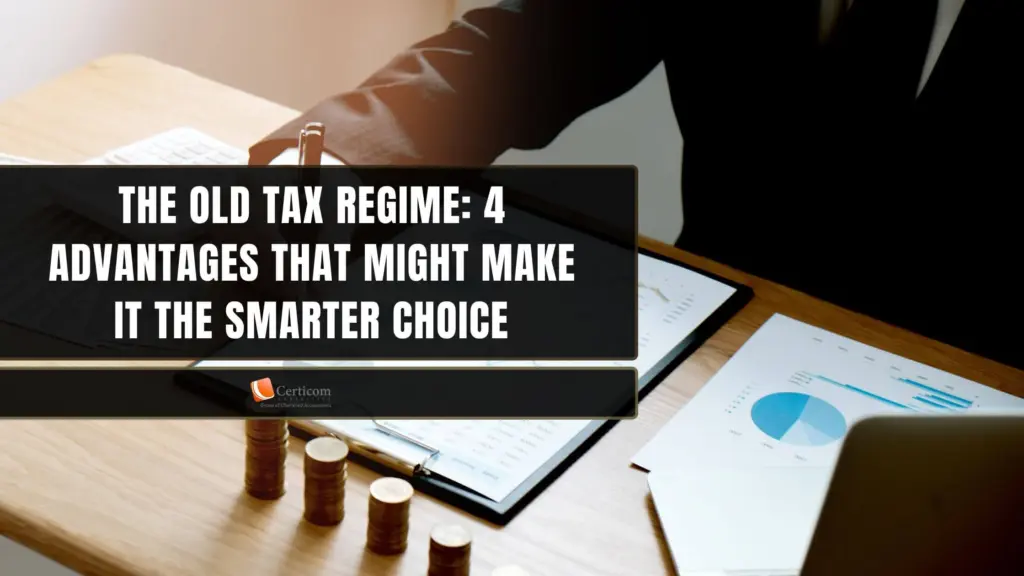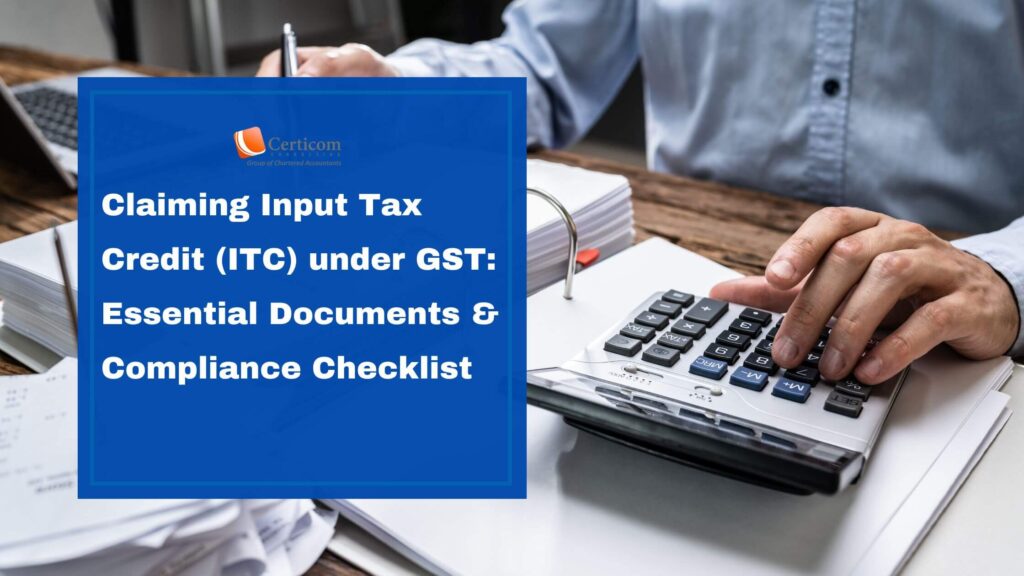The Old Tax Regime: 4 Advantages That Might Make It the Smarter Choice

As the financial year 2024–25 wraps up, taxpayers are gearing up for the income tax filing season. With the deadline to file Income Tax Returns (ITR) set for July 31, individuals now have ample time to evaluate their options — including which tax regime to opt for.
Since the introduction of the new tax regime, taxpayers have had the choice between two frameworks:
The old tax regime, which allows deductions and exemptions.
The new tax regime, which offers lower tax slabs but limits deductions.
While the new regime might appear attractive at first glance due to the lower tax rates, it’s not always the most financially rewarding choice — especially if you qualify for various exemptions. Here’s a look at four compelling reasons why the old tax regime might be the better option for you.
You Have Significant Tax-Saving Investments
The old tax regime supports a wide array of deductions under various sections, including:
Section 80C: Investments in PPF, ELSS, LIC premiums, tuition fees, home loan principal repayment, etc.
Section 80D: Premiums paid for health insurance.
Section 80G: Donations to eligible charities.
Section 80DD: Expenditure on treatment of dependent with disability.
If you’ve strategically invested in instruments that fall under these sections, sticking with the old regime can significantly reduce your taxable income.
On the flip side, the new tax regime offers very limited deductions, with only a few specific ones like:
80CCD(2): Employer contribution to NPS.
80CCH: Agniveer Corpus Fund.
80JJAA: For new employment.

You Receive House Rent Allowance (HRA)
Salaried individuals living in rented accommodation can claim HRA exemption under Section 10(13A) in the old regime. This can be a substantial deduction based on your salary, rent paid, and city of residence.
HRA exemption is not allowed under the new regime, which can make a significant difference to your final tax outgo, especially if you’re working in metro cities with high rental costs.
You Fall in the Highest Tax Bracket
Taxpayers with annual income exceeding ₹10 lakh are taxed at 30% under the old regime, whereas under the new regime, the 30% slab applies only after ₹15 lakh.
At first glance, this appears favorable — but here’s the catch:
Without deductions, the new regime offers no real relief to those in the highest tax bracket who already enjoy considerable exemptions under the old regime.
For such taxpayers, the old regime often results in lower overall tax liability, especially when factoring in deductions for housing loans, children’s education, and insurance premiums.
The Numbers Speak for Themselves
Finally, if you’re still unsure — let the data guide you. Use a reliable income tax calculator that compares both regimes based on your income, exemptions, and deductions.
Often, the old regime emerges as the winner for those who actively plan their taxes through eligible investments and expenses.
Conclusion
While the new tax regime promises simplicity and lower tax rates, it doesn’t necessarily result in savings for everyone. The old tax regime continues to be a smarter choice for those who:
Invest in eligible tax-saving instruments,
Claim HRA,
Fall in the highest income bracket, or
Have multiple deductions at their disposal.
Before filing your ITR this year, take a few minutes to run both scenarios through a calculator — because in taxation, one size definitely doesn’t fit all.
Related Post
Claiming Input Tax Credit (ITC) under GST: Essential Documents and Compliance Checklist
Monthly GST Filing Mastery: Streamlining Compliance for Bangalore Businesses
Book A One To One Consultation Now For FREE
How can we help? *




